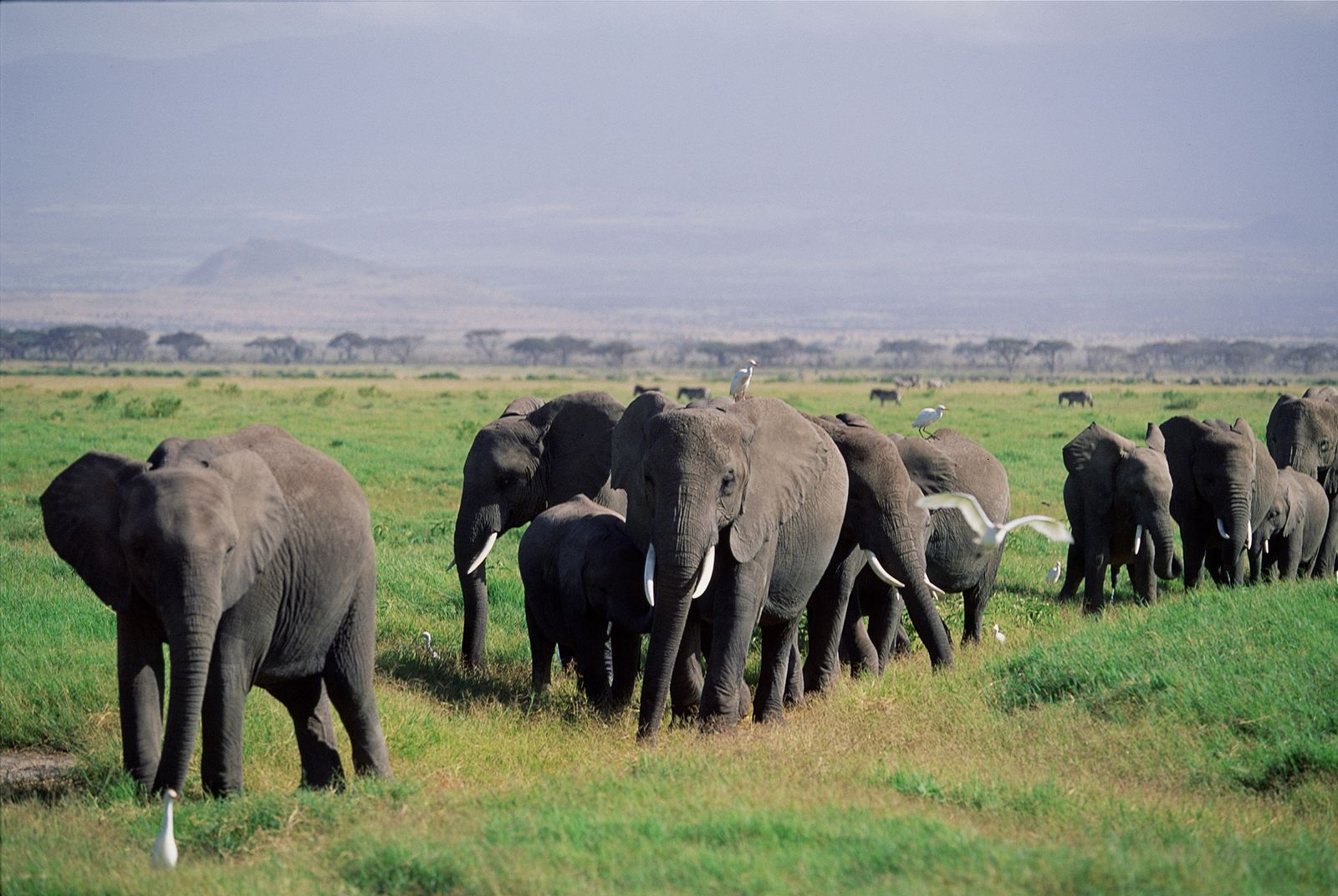Echoes Of Elephant Grass In The Savanna Seas

Have you ever wondered what it feels like to stand amidst the vast savanna seas, surrounded by the whispers of elephant grass swaying in the breeze? Imagine the golden hues stretching as far as the eye can see, with the distant silhouettes of majestic animals grazing peacefully. The savanna isn't just a place; it's an experience that connects you to nature in its rawest form. Whether you're an adventurer seeking thrills or someone looking to unwind, the savanna offers something unique for everyone. Ready to dive into the heart of this natural wonder? Let's explore what makes the savanna a must-visit destination.
Echoes of Elephant Grass in the Savanna Seas
The vast savannas, with their rolling grasslands and scattered trees, are home to some of the most breathtaking landscapes on Earth. Among these, the elephant grass stands tall, whispering tales of the wild. Let's journey through some of the most captivating savanna destinations where the echoes of elephant grass can be heard.
Serengeti National Park, Tanzania
The Serengeti is synonymous with the great migration, where millions of wildebeest, zebras, and gazelles traverse the plains. The tall elephant grass here provides both sustenance and shelter for these magnificent creatures.
- Seronera Valley: Known as the heart of the Serengeti, this valley is teeming with wildlife. The tall grasses make it a prime spot for predators like lions and cheetahs to stalk their prey.
- Grumeti River: During the migration, this river becomes a dramatic stage for wildebeest crossings, with crocodiles lurking beneath the surface.
- Lobo Valley: Located in the northern Serengeti, this area is less crowded but equally rich in wildlife, offering a more intimate experience with nature.
Maasai Mara, Kenya
Adjacent to the Serengeti, the Maasai Mara is another iconic savanna. The Maasai people, with their rich culture, add a unique human element to the landscape.
- Mara River: Famous for its perilous crossings during the migration, the Mara River is a must-visit. The sight of thousands of animals braving the waters is unforgettable.
- Talek River: This riverine area is a hotspot for leopards, often seen lounging on tree branches or prowling through the tall grass.
- Oloololo Escarpment: Offering panoramic views of the Mara, this escarpment is perfect for witnessing the vastness of the savanna.
Okavango Delta, Botswana
A unique inland delta, the Okavango is a lush oasis in the heart of the Kalahari Desert. The interplay between water and grasslands creates a diverse ecosystem.
- Moremi Game Reserve: This reserve is a microcosm of the delta, with a mix of woodlands, floodplains, and lagoons. Elephants are a common sight, often seen wading through the water.
- Chief's Island: The largest island in the delta, it is a haven for wildlife. The tall grasses here are perfect for spotting elusive species like the African wild dog.
- Xakanaxa Lagoon: Known for its birdlife, this lagoon is surrounded by tall reeds and grasses, making it a birdwatcher's paradise.
Kruger National Park, South Africa
One of Africa's largest game reserves, Kruger offers a diverse range of habitats, from savannas to forests. The elephant grass here is a vital part of the ecosystem.
- Sabi Sand Game Reserve: Adjacent to Kruger, this private reserve is renowned for its luxury lodges and incredible wildlife sightings, especially leopards.
- Olifants River: This river area is named after the elephants that frequent it. The tall grasses along the banks are perfect for spotting these gentle giants.
- Satara Camp: Located in the central region of Kruger, this camp is surrounded by open savanna, making it ideal for spotting lions, giraffes, and zebras.
Hwange National Park, Zimbabwe
Hwange is Zimbabwe's largest national park, known for its large elephant herds and diverse landscapes. The elephant grass here plays a crucial role in sustaining the wildlife.
- Ngweshla Pan: A popular waterhole, this area attracts a variety of animals, especially during the dry season. The tall grasses provide cover for predators waiting to ambush their prey.
- Sinamatella Camp: Perched on a hill, this camp offers stunning views of the surrounding savanna. The elephant grass below sways gently in the breeze, creating a serene atmosphere.
- Main Camp: The park's main entrance, this area is a great starting point for exploring Hwange. The nearby waterholes are frequented by elephants, buffalo, and other game.
The Lasting Impact of Elephant Grass
Elephant grass plays a vital role in the savanna ecosystem. It provides shelter and food for many animals, from insects to large herbivores. This tall grass also helps prevent soil erosion and maintains the balance of nutrients in the soil. Its presence supports the overall health of the savanna biome.
For those interested in sustainable agriculture, elephant grass offers a renewable resource. It can be used as fodder for livestock, biofuel, and even building materials. Its fast growth rate makes it an excellent choice for those looking to reduce their carbon footprint.
Understanding the importance of elephant grass helps us appreciate the intricate web of life in the savanna. Protecting this grass means safeguarding the diverse species that depend on it. Next time you think of the savanna, remember the silent yet powerful role of elephant grass.

